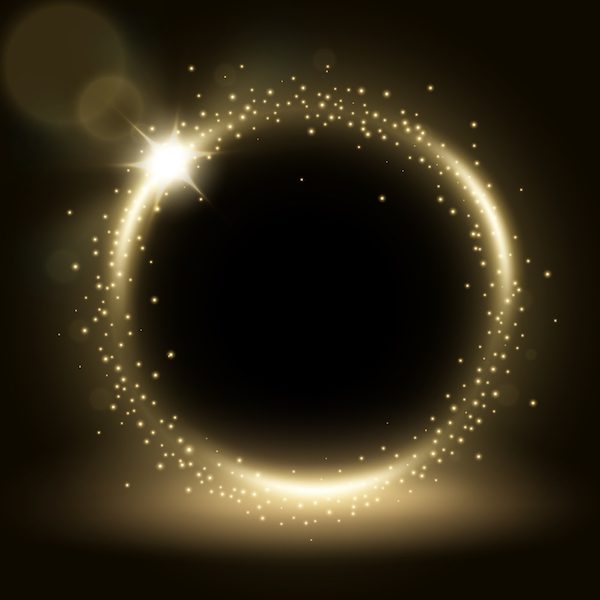The Spark Of Life

Everybody’s talking today about the new film clip from British scientists, showing that a burst of light comes forth when sperm fertilizes an egg. From the Telegraph’s story:
The bright flash occurs because when sperm enters and egg it triggers calcium to increase which releases zinc from the egg. As the zinc shoots out, it binds to small molecules which emit a fluorescence which can be picked up my camera microscopes.
It’s not woo-woo, it’s science. I get that. Still, it reminds me of this, about the Shroud of Turin:
Scientists from Italy’s National Agency for New Technologies, Energy and Sustainable Economic Development spent years trying to replicate the shroud’s markings.
They have concluded only something akin to ultraviolet lasers – far beyond the capability of medieval forgers – could have created them.
This has led to fresh suggestions that the imprint was indeed created by a huge burst of energy accompanying the Resurrection of Christ.‘The results show a short and intense burst of UV directional radiation can colour a linen cloth so as to reproduce many of the peculiar characteristics of the body image on the Shroud of Turin,’ the scientists said.
More:
The image of the bearded man on the shroud must therefore have been created by ‘some form of electromagnetic energy (such as a flash of light at short wavelength)’, their report concludes. But it stops short of offering a non-scientific explanation.
Professor Paolo Di Lazzaro, who led the study, said: ‘When one talks about a flash of light being able to colour a piece of linen in the same way as the shroud, discussion inevitably touches on things such as miracles.
‘But as scientists, we were concerned only with verifiable scientific processes. We hope our results can open up a philosophical and theological debate.’
More from Fr. Dwight Longenecker:
The best description is that it is an extremely delicate singe marking. Italian physicist Paolo Di Lazzaro concedes in an article for National Geographic that every scientific attempt to replicate it in a lab has failed. “Its precise hue is highly unusual, and the color’s penetration into the fabric is extremely thin, less than 0.7 micrometers (0.000028 inches), one-thirtieth the diameter of an individual fiber in a single 200-fiber linen thread.”
Di Lazzaro and his colleagues at Italy’s National Agency for New Technologies, Energy and Sustainable Economic Development (ENEA) experimented for five years, using modern excimer lasers to train short bursts of ultraviolet light on raw linen, in an effort to simulate the image’s coloration.
They came tantalizingly close to replicating the image’s distinctive color on a few square centimeters of fabric. However, they were unable to match all the physical and chemical characteristics of the shroud image, and reproducing a whole human figure was far beyond them. De Lazzaro explained that the ultraviolet light necessary to reproduce the image of the crucified man “exceeds the maximum power released by all ultraviolet light sources available today.” The time for such a burst would be shorter than one forty-billionth of a second, and the intensity of the ultra violet light would have to be around several billion watts.”
The scientists shrug and say the only explanation lies beyond the realm of twenty-first century technoscience. In other words, the extraordinary burst of ultra violet light is not only beyond the ability and technology of a medieval forger: It is beyond the ability and technology of the best twenty-first century scientists.
Here’s a link to that 2015 National Geographic article he references. Excerpt:
If the most advanced technologies available in the 21st century could not produce a facsimile of the shroud image, he reasons, how could it have been executed by a medieval forger?
For believers, the radiation thesis suggests that a “divine light” in the tomb might have seared the crucified form of Jesus Christ onto the shroud. “One could look at hypotheses outside the realm of science, a sort of miracle,” says Di Lazzaro. “But a miracle cannot be investigated by the scientific method.”

Subscribe for as little as $5/mo to start commenting on Rod’s blog.